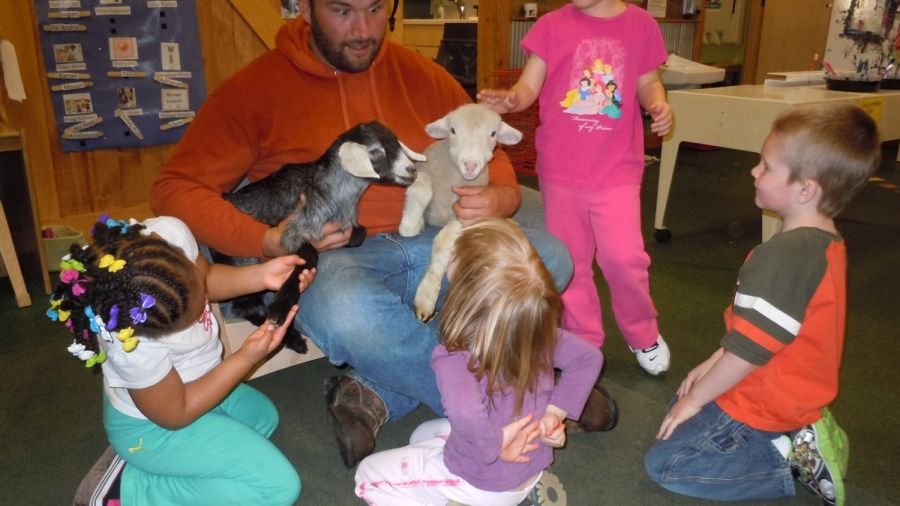
A group of preschoolers, trying their hardest to be quiet while on a nature walk, are treated to the antics of a family of ducks swimming in a small pond. The ducks, expecting bread crumbs from the children, waddle onto the shore and start approaching the group.
Anna: (screams of excitement) They’re coming up to us! They’re coming up to us!
Maria: Look, they have babies! Aw, they’re so cute and so fuzzy!
Dionne, who has never been this close to “wild animals” before, scrambles to hide behind teacher’s legs.
Charlie: (In a whisper) They want food! They want us to feed them!
Luis: No, they want to say hi! I’m going to catch one! I’m going to get a baby one!
The children’s teacher gently urges Luis to “stay in one spot so the ducks can say hi to us” –but clearly it’s all Luis can do to keep himself from running after the ducks. Dionne continues to hide, while Anna, Charlie, and the others continue to make observations and squeal with excitement at the ducks’ behavior.
Honoring a Biological Connection
A simple experience such as this one may seem cute or charming, (and indeed, it is!) but there’s so much more going on here than meets the eye. Most folks who work with children know that children are drawn to animals of all kinds. There is definitely something special about children’s interest in animals. Research shows that humans’ innate interest in animals is biological: we are drawn to species that are “other” than human and in many cases have an instinct to want to care for or nurture creatures that are small and vulnerable.
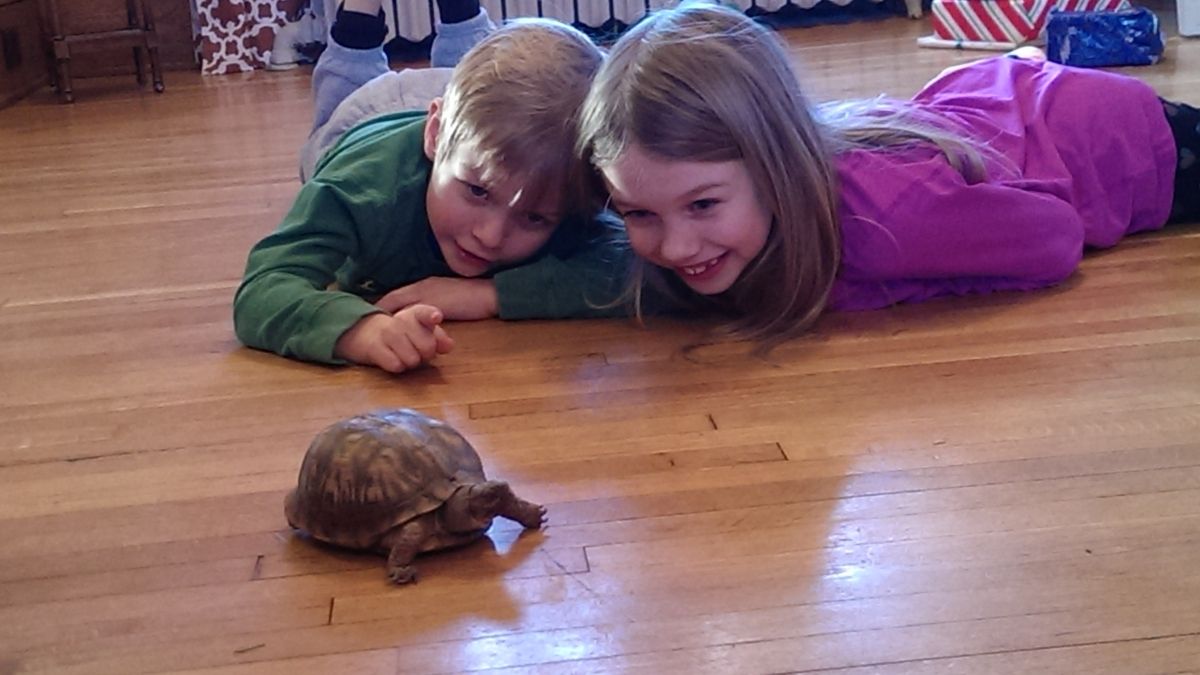
Photo by Patty Born Selly
In 1984 E.O. Wilson, a biologist, introduced the idea of “biophilia”-that innate affinity we humans have for other living things. In recent years, many early educators have recognized this affinity in young children and have embraced a philosophy that includes lots of living natural materials in the classroom (such as plants and flowers), nature-based play areas with landscape features that include lots of vegetation, and providing plenty of outdoor time for children. Children can truly thrive when allowed extended periods of time in natural settings that are full of life. A “biocentric” approach to early care and education means more than just providing opportunities for nature play however. It can—and should—include opportunities for children to connect with living animals.
Unlike adults who tend to value animals for what they can provide (food, leather, wool), or how they can serve us (as companions), children tend to value animals simply because they are. They recognize the intrinsic value of animals—that simply because they are living creatures, they are important.
Observing Wild Animals
Children can bond with household pets, residents at a petting zoo, classroom pets, and even the neighborhood cat who’s always roaming the block. These creatures can spark a lifelong love of animals in young children, but encounters with wild animals can be extra-special.
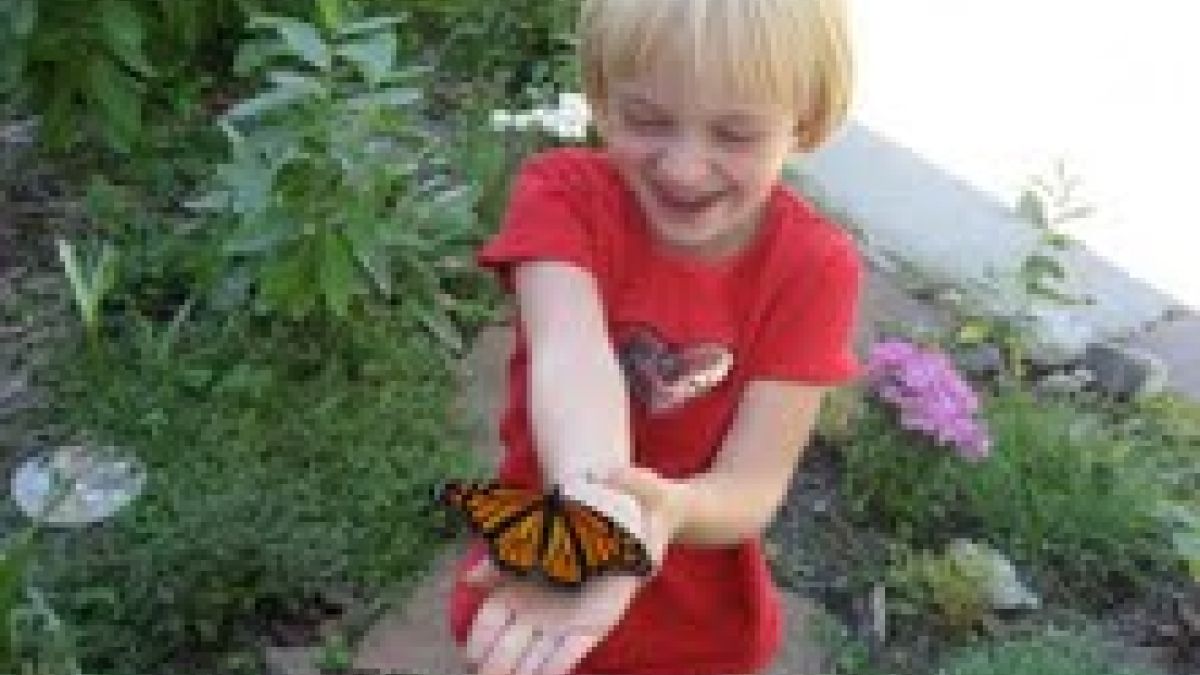
Photo by Dani Porter Born
When children have opportunities to see wildlife, a whole new world of wonder can open up. And the animals needn’t be large or exotic: even common wild creatures such as ducks, squirrels, and backyard birds will bring a thrill to children. Seeing wild animals in nature can become a child’s treasured memory. Wild animals have certain qualities that make them mysterious and exciting to children. Their homes are different from ours, and are built by the animals themselves. Wild animals have to find their own food, and they eat “weird things” like bugs and worms. They have special powers like flying, digging, and climbing (which children often fantasize about), and the animals themselves choose when and where to be seen by children, not the other way around.
Building Connection, Empathy, and Stewardship
When children are outdoors and are visited by an animal, such as the ducks in the example above, or when they enter an animal’s space (nature) they feel lucky. It’s as if they’ve been invited into a special world. Bringing a child to a wild place, a wooded park or even just a schoolyard, where there are opportunities to encourage wildlife sightings or other kinds of connections, can help children develop that innate love for animals. An added benefit? A growing body of research shows that children who are supported in their love for animals tend to generalize that love to other living things, such as plants and nature. Research also shows that when children are encouraged to care for animals, they tend to be more sensitive and caring toward other people as well. So by supporting children’s love for animals, you’re helping nurture those all-important feelings of connection and stewardship as well.
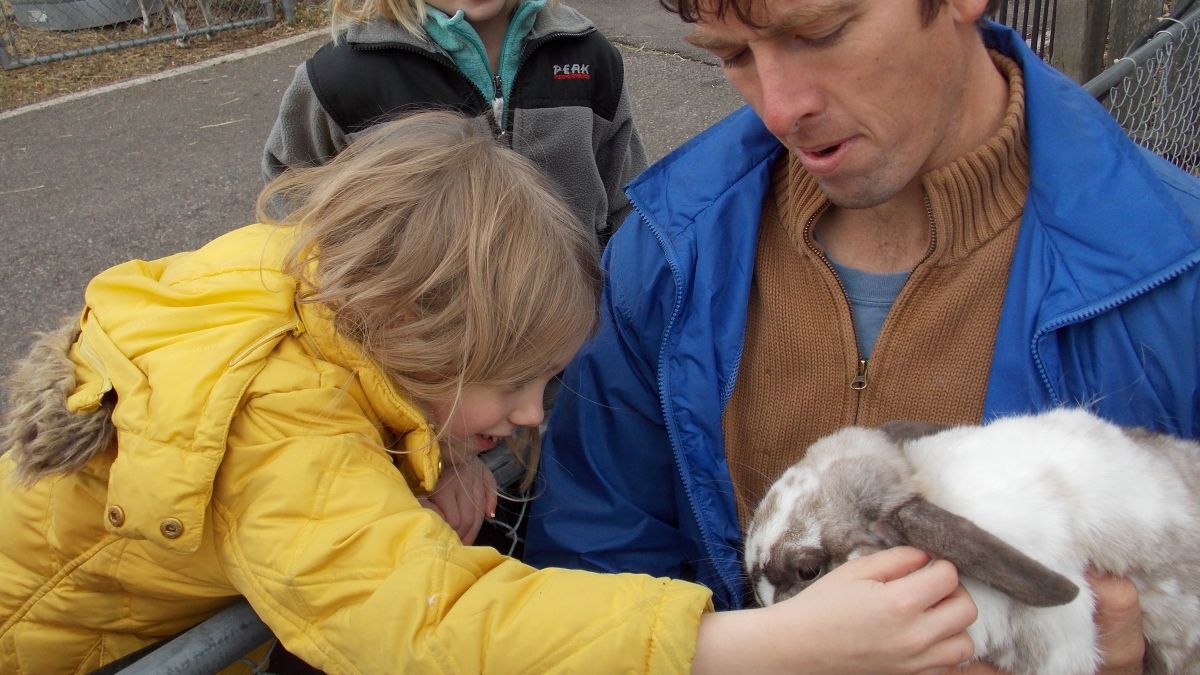
Photo by Patty Born Selly
Many educators are concerned that children will yell, chase animals, or even squash bugs. It’s true that children will likely do all of these things! It’s normal, part of how children are learning to play with their own power and explore vulnerability. The truth is, children are doing these things to learn. They want to know “what happens if I……” and the best way to find out is to try it. When they see the effects of their behavior on animals, children learn about their own capabilities and the impacts that they have. For example, if Dionne chases the family of ducks, the children will learn that the ducks will scramble away. Just remember to approach behavior management as positively as possible.
Supporting children in their growing awareness and interest in animals can lead to deeper feelings of empathy in young children, more positive classroom relationships, and social-emotional development. As children have experiences with animals, they learn about differences and similarities, needs (such as for food, shelter, water and space), and compassion and empathy can grow and deepen.
Practical Ideas for Early Care and Education Settings
How can you support children’s love for animals? Early care and education settings are prime opportunities to nurture curiosity about wildlife. Consider these ideas:
Set up a bird feeding area outside your classroom window or in another location where the children will be able to view the birds. (Note, many seed mixes contain peanuts, a common allergen. Take precautions if there are allergic children in your care.)
-
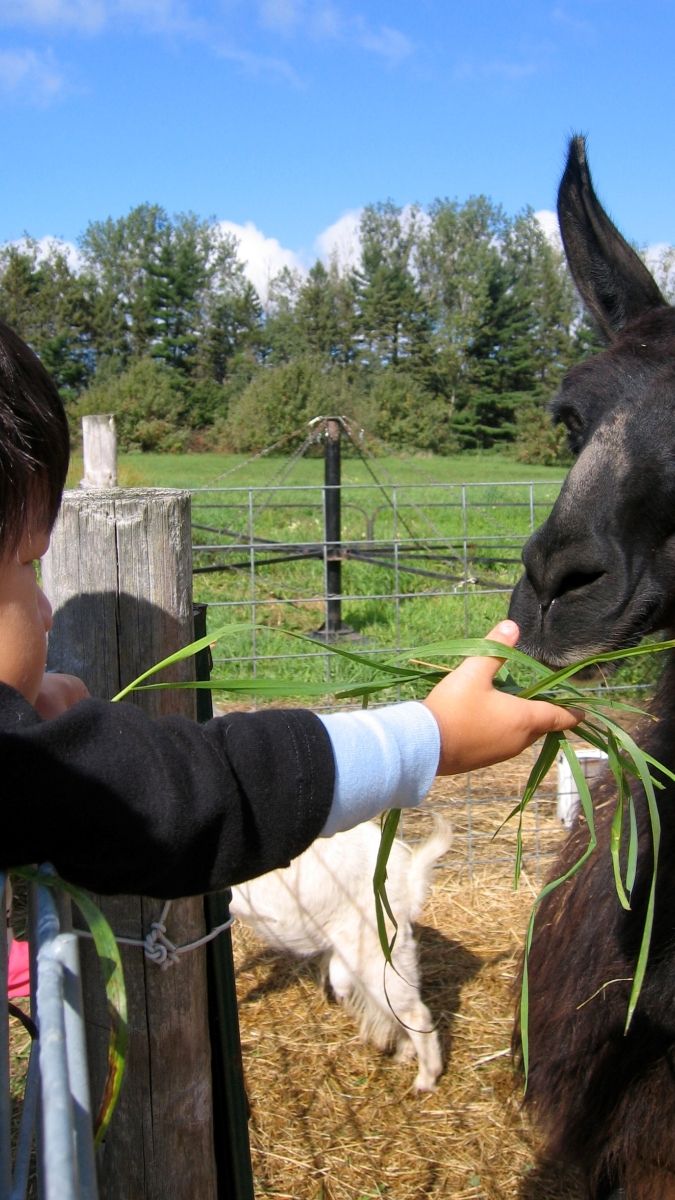
Photo by Sara Martin
Venture outside often! As mentioned, the sight of a common squirrel or even a trail of ants on a sidewalk can be exciting and special. If you do come across wildlife, allow the children to observe and share their discoveries. Encourage their questions and conversations.
- Encourage (but don’t force) quiet observation. Most of the animals you’ll likely encounter (squirrels, insects, birds) are accustomed to humans, so often they won’t be too afraid of noisy, excited children. If children’s outbursts do frighten the animals away, just use that as an opportunity to make a scientific observation about the effects of noise on animals. As you know, it’s awfully hard for young children to stay silent when they are excited and surprised!
- Be matter of fact about a “no squishing bugs” rule (if you have one, and I hope you do) rather than shaming children for squishing a bug. Often children simply don’t expect to kill insects when they step on them, and children can be quite upset to learn that the bug has died.
- Look and listen for evidence of animals every time you are outdoors. You may see tracks, nests, or other signs of animals. You may hear birds chattering in the cold winter morning. Allow the children to point out their observations and the “clues” that wildlife is everywhere.
- Encourage children to think about “what it’s like to be that duck” (or squirrel, or ant….). This invitation to imagine not only builds vocabulary and language skills, but it also helps children develop the habit of perspective-taking, which is another term for empathy.
- If you have a classroom pet, encourage children to participate in caring for the animal. Feeding, changing water, and even decorating an animal’s cage or tank can be important ways for young children to take responsibility for the care of a living, vulnerable creature, and develop confidence in themselves and their abilities as well. (Note: Children should always wash hands after handling animals or animal care items.)
Early care and education professionals have great opportunities to use nature as a setting to learn more about animals, foster curiosity, and nurture children’s innate feelings of love and concern for wild creatures. These skills and feelings are more important today than ever!
About the Author
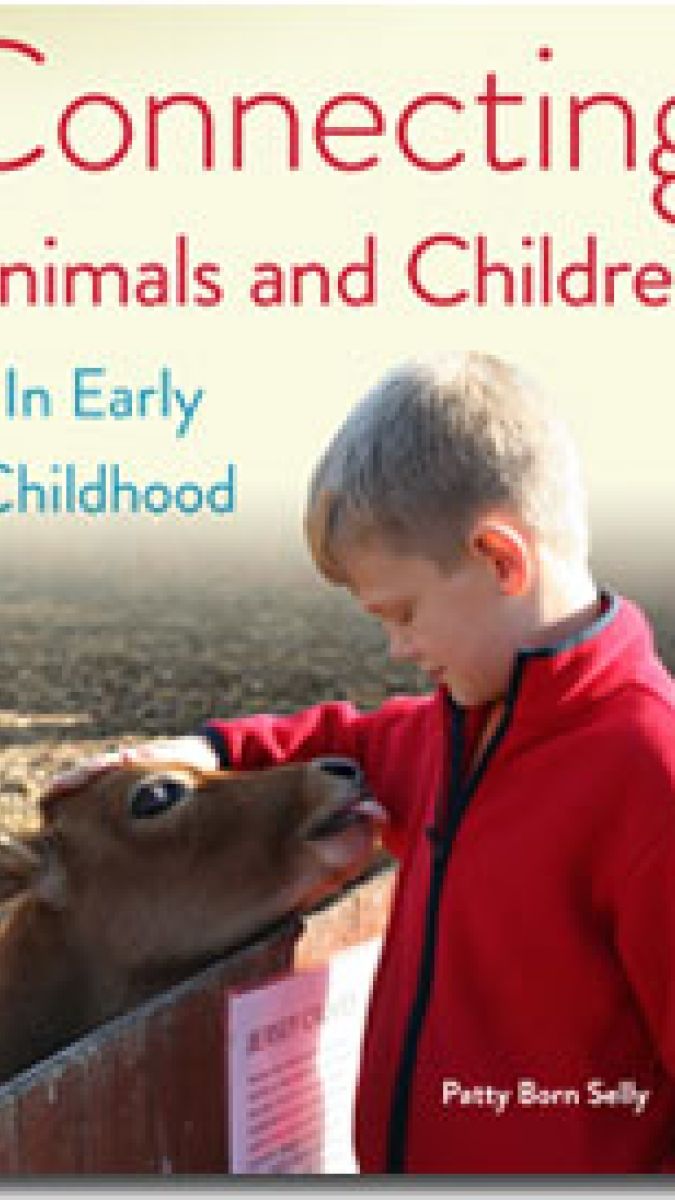
Patty Born Selly is the Executive Director of the National Center for STEM Elementary Education at St Catherine University in St Paul, Minnesota. As the founder of Small Wonders, a nature-and-science education consulting company offering services to schools, faith-based communities, and other organizations, Patty has developed hundreds of programs to help teachers incorporate nature and science education. She is the author of two books, Connecting Animals and Children and Early Childhood Activities for a Greener Earth, both from Redleaf Press. Her passion lies in helping teachers restore children's connection to the natural world through outdoor experiences and meaningful connections with animals. Learn more about Patty's books here or contact patty at [email protected].